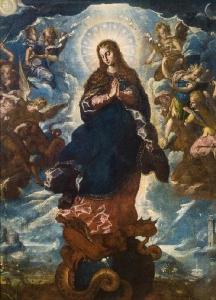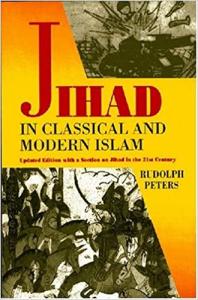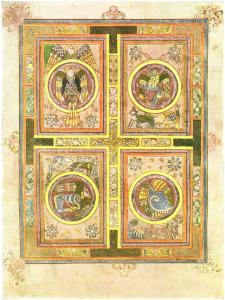Inmaculada, Alonso Vázquez, Museo de Bellas Artes de Sevilla(Wikimedia Commons). This past summer, I was reading Jessica Coope’s monograph on the Martyrs of Córdoba. While discussing the religious climate in the ninth-century capital of al-Andalus, she says the following: “…[B]y the ninth century a hadith was generally accepted which states that all babies are squeezed at birth by Satan (that is why they cry), but that Mary and Jesus escaped this contact with the devil; behind this tradition seems to... Read more














